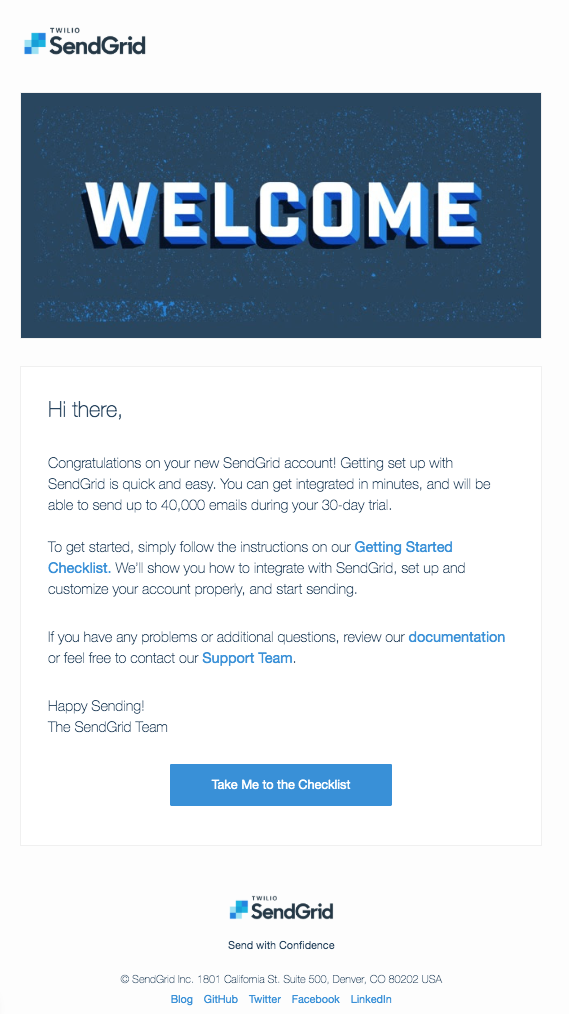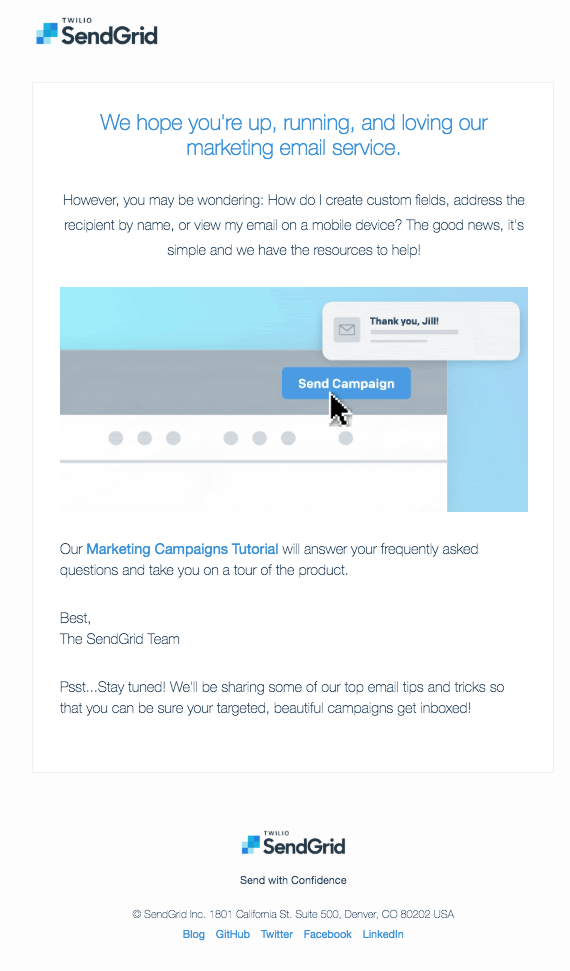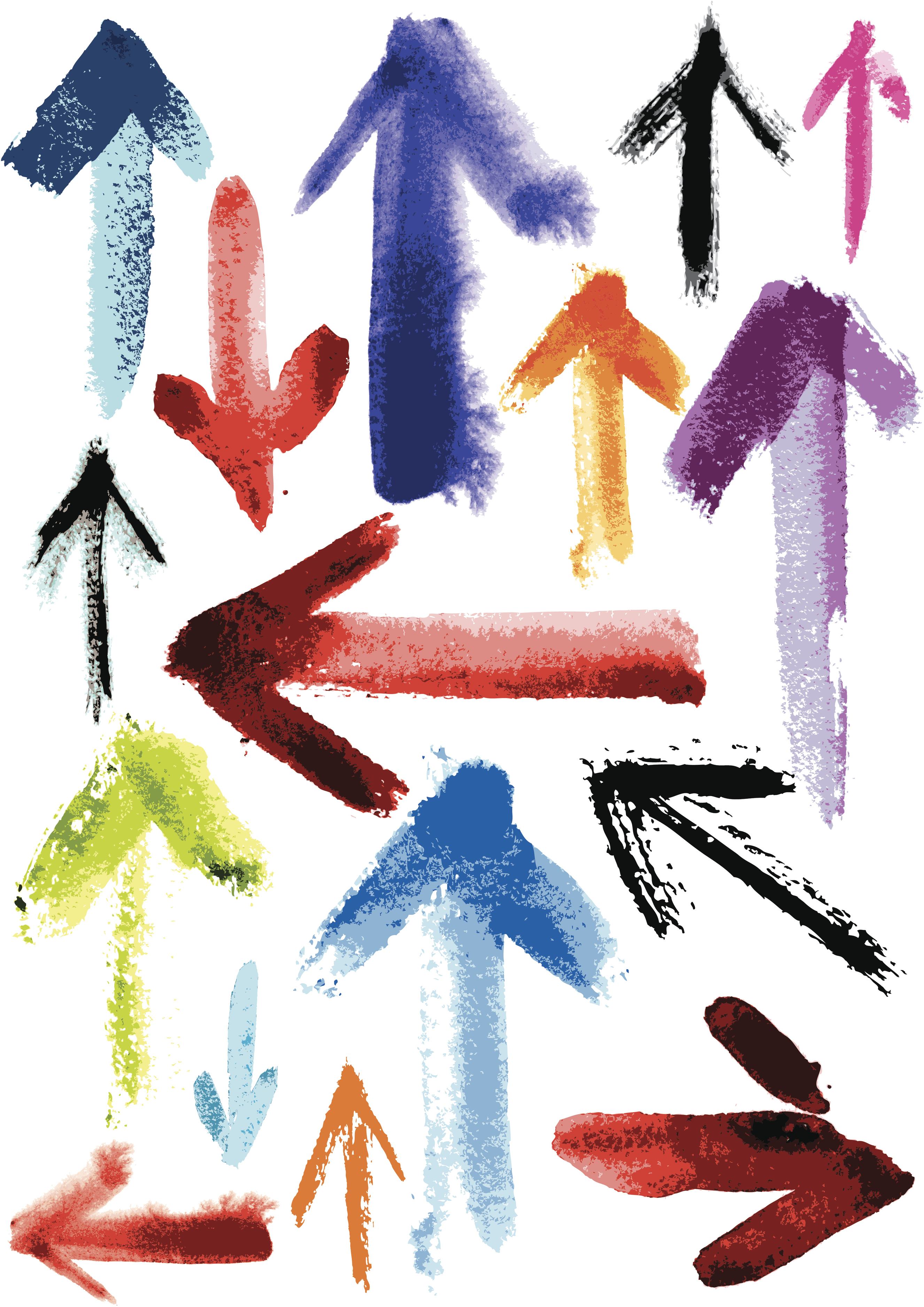Wanting to automate your email sending, but feeling *a wee bit* overwhelmed? While email automation drives personalized messages at scale, it also requires some pre-work and strategy to see positive results.
I have good news though. You can gain many benefits from email automation even when you’re just starting out. No matter how big your email list or how much time and resources you devote to email marketing automation, you can see a difference in your sending with simple email automation flows.
Whether you inherited an email list or built one from scratch, your email recipient list can provide a plethora of data and patterns that can help inform and guide your email automation program.
Tip: Try not to require too many pieces of information for the initial sign up. The less friction between you and your recipients the better. The data you can collect once they start to engage with your email will become more valuable over time.
For more on email list insights and tips on how to grow an engaged list, check out
How to Grow Your Email List Best Practice Guide.
If you’re ready to start automating portions of your email program, consider how you can apply email automation right in the beginning of your recipient's experience with your brand. Once somebody signs up for your email list and you’ve added them to your contact list, you can use email automation to ensure they receive a warm welcome message within a timely manner.
Tip: We recommend sending 2-3 emails during a welcome series.
Any more during the welcoming period might start to feel overwhelming, and you don’t want to lose recipients so early on in the relationship! Here at SendGrid, we send new customers a 3-part welcome series. The first email welcomes the user and sends them to a getting started checklist:

The second email in the series provides a tutorial to cover frequently asked questions:

The third email in the series gives deliverability advice and instructions for authenticating an email domain:

For more on optimizing your welcome series, check out a deep dive on
optimizing your email marketing welcome series from one of our email delivery experts. Your first email sets the stage and expectations for your recipients in the future, so spend extra time and attention on perfecting your welcome email!
One of the most powerful ways to leverage email automation is to use it to nurture and engage with your recipients on a more personal level as they become familiar with your company and transform from an email recipient to a loyal and returning customer.
Based on their initial response to your first welcome series, consider different automated paths with different messaging.
Depending on your industry, your automated nurture programs will likely look very different.
For example, your highly-engaged recipients likely appreciate a higher volume of promotional email messages (just make sure you keep an eye on the open and engagement rates as you test this approach). Recipients who open, but don’t normally click on any of your CTAs, might require some more value-orientated content (think a content asset, best practice guide, or case study).
For more ideas on how to incorporate personalization into your email program, check out:
How to Use Personalization to Create Meaningful Customer Relationships.
As you send more and more email marketing campaigns, you'll be able to segment your most engaged users from those who rarely open your email. For those who don’t open your email in 2-3 months, you should remove them promptly so that you can maintain
high email deliverability.
But before you permanently remove recipients from your list, consider sending an automated
re-engagement email campaign. For example, you could set up a trigger to email those on your list who haven’t opened an email from you in 2 months. Use messaging that acknowledges that there may be a lack of interest, but also put the ball back in their court to decide whether or not they would like to continue receiving your emails.
Tip: In your re-engagement campaign, send recipients to your preference center so they can adjust how many emails they receive from your brand. You’ll likely save some folks from unsubscribing that way!
Email newsletters and large-scale
email blasts won’t disappear from your email program, but automated portions of your email program will allow you to achieve that more coveted 1:1 experience between your brand and your recipients—saving you time and resources in the long-run.
Remember to look over your recipient data before you begin developing your email automation strategy, and consider starting with a simple welcome series before diving into a more sophisticated email engagement and automation strategy.
Although removing recipients from your email marketing list stings a bit, setting up an automated email to your recipients who haven’t opened your email after 3 months reduces your manual workload and keeps your email delivery rates high.
Once you start to feel more comfortable with your initial email automation workflows, you can add more triggers and then test to find out what types of content work best for certain segments of your email list.
For a deeper dive on all things email automation, check out our interactive guide,
Best Practices For Email Marketing Automation: A How-to Guide.




